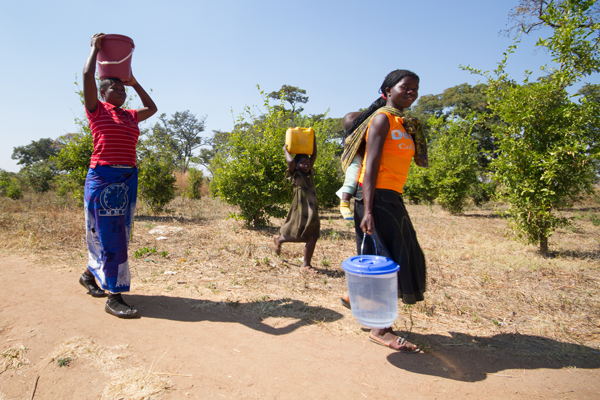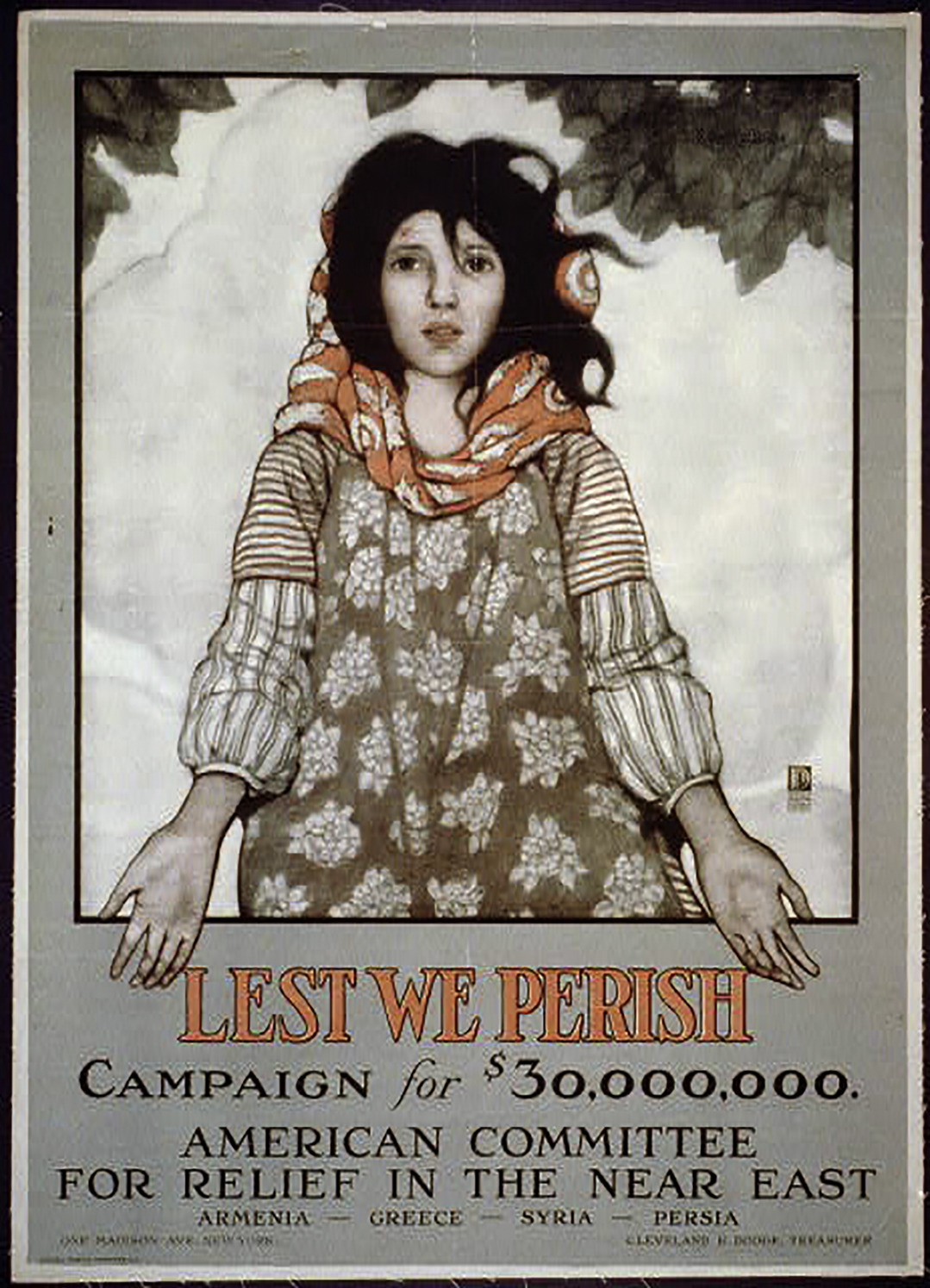Elsevier,
Atlas March 2017
Despite the increased attention the sixth Sustainable Development Goal (clean water and sanitation) has brought, access to water in Sub-Saharan Africa is worse than ever: there are more people without access to water now than there were in 1990.
In order to fix the problem we need to understand what’s going wrong with our current approaches. That was the aim of an Atlas Award-winning study published in Water Resources and Rural Development, by researchers at Glasgow Caledonian University in Scotland, the University of Malawi in Malawi and the University of Lusaka in Zambia. Interestingly enough, since women and school aged girls are typically tasked with water fetching, by providing water access and sanitation authors feel there is an effect on others SDG like SDG 10 (reduced inequalities), SDG 4 (quality education) and SDG 5 (gender equality)
Elsevier, Biological Conservation, Volume 206, 1 February 2017
Natural World Heritage Sites (NWHS), via their formal designation through the United Nations, are globally recognized as containing some of the Earth's most valuable natural assets. Understanding changes in their ecological condition is essential for their ongoing preservation. Here we use two newly available globally consistent data sets that assess changes in human pressure (Human Footprint) and forest loss (Global Forest Watch) over time across the global network of terrestrial NWHS.
Elsevier, The Lancet, Volume 389, 25 February 2017
Every year, more than 2 million women worldwide are diagnosed with breast or cervical cancer, yet where a woman lives, her socioeconomic status, and agency largely determines whether she will develop one of these cancers and will ultimately survive. In regions with scarce resources, fragile or fragmented health systems, cancer contributes to the cycle of poverty. Proven and cost-effective interventions are available for both these common cancers, yet for so many women access to these is beyond reach.
Elsevier, The Lancet, Volume 389, 4 February 2017
Massive slums have become major features of cities in many low-income and middle-income countries. Here, in the first in a Series of two papers, we discuss why slums are unhealthy places with especially high risks of infection and injury. We show that children are especially vulnerable, and that the combination of malnutrition and recurrent diarrhoea leads to stunted growth and longer-term effects on cognitive development. We find that the scientific literature on slum health is underdeveloped in comparison to urban health, and poverty and health.
Elsevier, The Lancet, Volume 389, 4 February 2017
In the first paper in this Series we assessed theoretical and empirical evidence and concluded that the health of people living in slums is a function not only of poverty but of intimately shared physical and social environments. In this paper we extend the theory of so-called neighbourhood effects. Slums offer high returns on investment because beneficial effects are shared across many people in densely populated neighbourhoods. Neighbourhood effects also help explain how and why the benefits of interventions vary between slum and non-slum spaces and between slums.
Elsevier, Applied Surface Science, Volume 396, 28 February 2017
Nanotechnology provides an emerging potent alternate mode of cancer therapy. Nanomaterials dispersion or solubility is of particular concern in utilising their full potential applications in biomedical fields. PEGylation of nanomaterials is considered to provide products with stealth properties, and physiological environment with no obvious adverse effects. The purpose of this work was to develop a sustainable one-step method for fabrication of hierarchical microspheres of PEGylated MoS 2 nanosheets using a stoichiometric ratio of Mo(VI) and thiourea.
Elsevier, Emotion, Space and Society, Volume 22, 1 February 2017
Drawing on discussions with Kenyan, Mexican and British teachers, this paper reports on emotional responses to international socio-economic inequality. Emotional regimes are explored to identify what ‘appropriate’ responses to inequality are in a variety of local and national contexts. These include rural and urban settings, and social milieus ranging from elite to deprived. Politeness, hand-wringing and humour can create a protective distance; while sadness, anger and hope for change connect with the issue of inequality and challenge the associated injustices.


